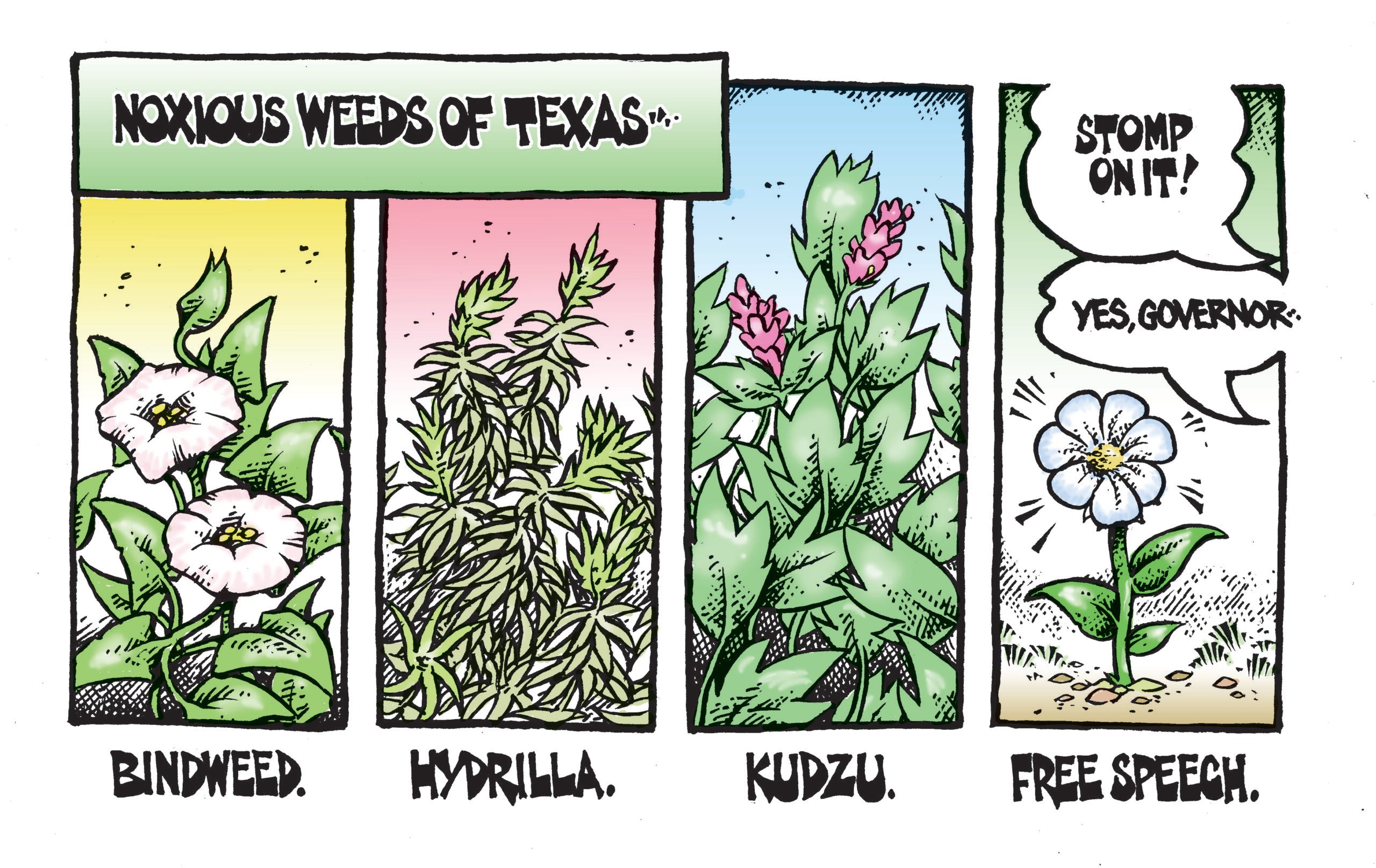ustxtxb_obs_1988_04_08_50_00017-00000_000.pdf
Page 2
few exceptions, Barthelme’s stories are unnecessarily generic or blank as to the spirit of place, and as to the world of work. Instead, he concentrates for the most part on broken or uneasy affection, and when he isn’t being excessively arch, can ring a few telling changes on the age-old subject. His men and women tend to inarticulate remoteness, as in this representative bit of dialogue: When he caught up with her, she said, “I’m going to New York,” and he said, “It’s cold and dirty; I don’t want you to go,” and she said, “I wish you luck, Alex,” and he said, “We’ll stop in Reno and get married or something.” She laughed. Once in a blue while, he gives them a chance at better luck. In “Beach,” a pair of young lovers go skinny-dipping in the Gulf but he’s full of sour hesitation, she gets stung by a ray, and somebody steals their clothes. One can hardly balk at the Russian conviction that most things, in the end, go badly. This is easy enough to admit, and lament. But it is much harder to render why it should matter, that creatures of such glory should so often end with the taste of such bitterness in their mouths. Steve Barthelme knows this, and so do some of his stories. That’s plenty to ask of any first book. El American Families and the ‘Quiet Depression’ BY CHARLES ULRICH DOLLARS AND DREAMS: The Changing American Income Distribution By Frank Levy New York: Russell Sage Foundation, 1987 259 pages, $27.50 IT HAS BECOME a piece of conventional wisdom that the country is living beyond its means. An unstable mountain of debt looms over an economy piled high by trade imbalances, budget deficits and credit-hungry consumers. The October 19 stock market crash and the frequent tremors that followed suggest how easily this debt can avalanche. Even before the crash, but especially after, a favorite theme of politicians and pundits has been that to avert economic disaster, these debts must be reduced. Since there is little confidence that growth will melt the twin budget and trade deficits, Congress and the Administration are left to pursue deficit reduction through the lesser of several evils: tax hikes, further budget reductions, or trade restrictions. But each of these measures, in some way, reduces someone’s standard of living. Dollars and Dreams is not directly concerned with budgets or trade deficits. It is, instead, a 40-year survey of census data on family income, principally concerned with the fall of incomes and living standards. But if and when Washington gets serious about bringing trade or budget deficits under control, Frank Levy will have provided a benchmark from which to measure the affects of deficit reduction policies. The “average” American family’s income has been shrinking steadily for the past dozen years or more. After reaching its postwar peak of $28,200 in 1973, real median family incomes began to decline, battered by inflation, recession, declining Charles Ulrich is a freelance writer in Washington, D.C. worldwide demand for U.S. products, and a mysterious collapse in productivity. By 1984 real income for the average family was $26,800, six percent below the 1973 level. Dollars and Dreams, puts this “quiet depression,” as the author describes it, into historical perspective. Family incomes jumped 42 percent in the 1950s, and another 38 percent during the 1960s. Even during Nixon’s experiments with wage and price controls, real incomes rose another 5.6 percent. Fueling this escalation in family incomes was the speed with which the workers could increase their earnings. Between 1949 and 1969, 25-year-old men were more than doubling their real incomes before reaching their 35th birthday. Though older men’s earnings typically rose much slower, they too grew richer as they grew older. During the 1949-1969 period, men were on average earning one-third more at age 50 than they had earned at age 40. Throughout this period, the average 30year-old man could finance the medianpriced home with less than 20 percent of his gross earnings. So while younger men were marrying, buying homes, moving to the suburbs and starting families of their own, older men were burning their mortgages, putting their kids through college, and planning their retirements. Sometime in 1973, the American middleclass dream ended. Twenty-five-year-old men entering the labor force that year would turn 35 earning a scant 16 percent more than they had earned fresh on the job. Men turning 50 in 1973 actually found themselves earning 14 percent less, in real terms, than they had earned a decade earlier. And financing the median-priced home, in 1983, required no less than 44 percent of the gross earnings for the “average” 30-year-old man. earnings. The growing reliance on twoincome families, the declining marriage rates of men and women in their early twenties, the emergence of an “underclass” of poor, female-headed families, and the prevalence of unemployment among black men can be traced, he argues, to the economic insecurity that occurs when the growth that we took for granted in the 1950s and 1960s disappeared after 1973. More than just living standards have been affected by the decline in incomes. Levy argues that income decline lies at the heart of liberal demands for “industrial” policies to restore demand for skilled blue-collar labor. And it has provided conservatives with a justification for the perverse theory that welfare programs create incentives that discourage the poor from seeking gainful employment in the competitive labor market. The industrial policy thesis rests on two notions. One is that declining demand for skilled labor has depressed average incomes. The other is that automation in industry and services is producing low-paying jobs that have increased the overall inequality of the income distribution. Levy disagrees with both notions, but his argument is unpersuasive. He surveys fulltime earnings in both services and goods production to show that median wages \(for lower in services. Moreover, since the income distribution in 1984 was about as equal as that in 1949, he concludes that the expansion of the service sector does not signal any “decline of the middle class.” His earnings survey may well understate the “wage gap” between the sectors, since he excludes noncash benefits that are typically higher in the industrial than in the service sector. And his observations on income distribution are more opinion than fact. His data show that since 1969 the poorest fifth of the nation’s families have seen their share of income shrink by 17 EVY CONNECTS many of the living developments that seem so much a part of the 1980s to this decline in THE TEXAS OBSERVER 17


